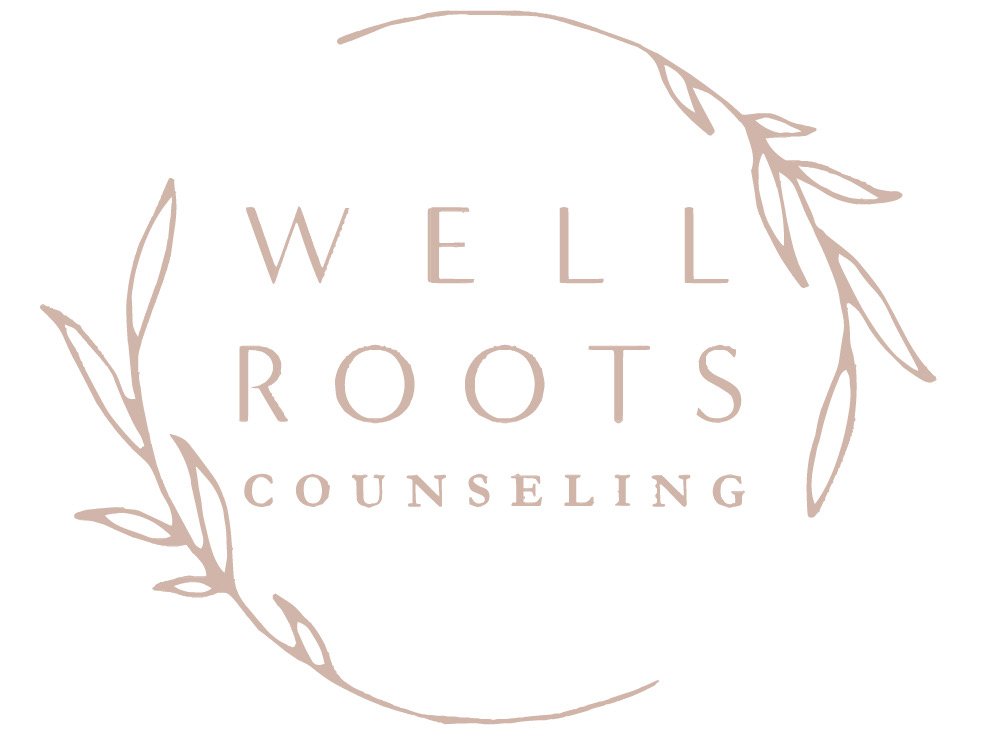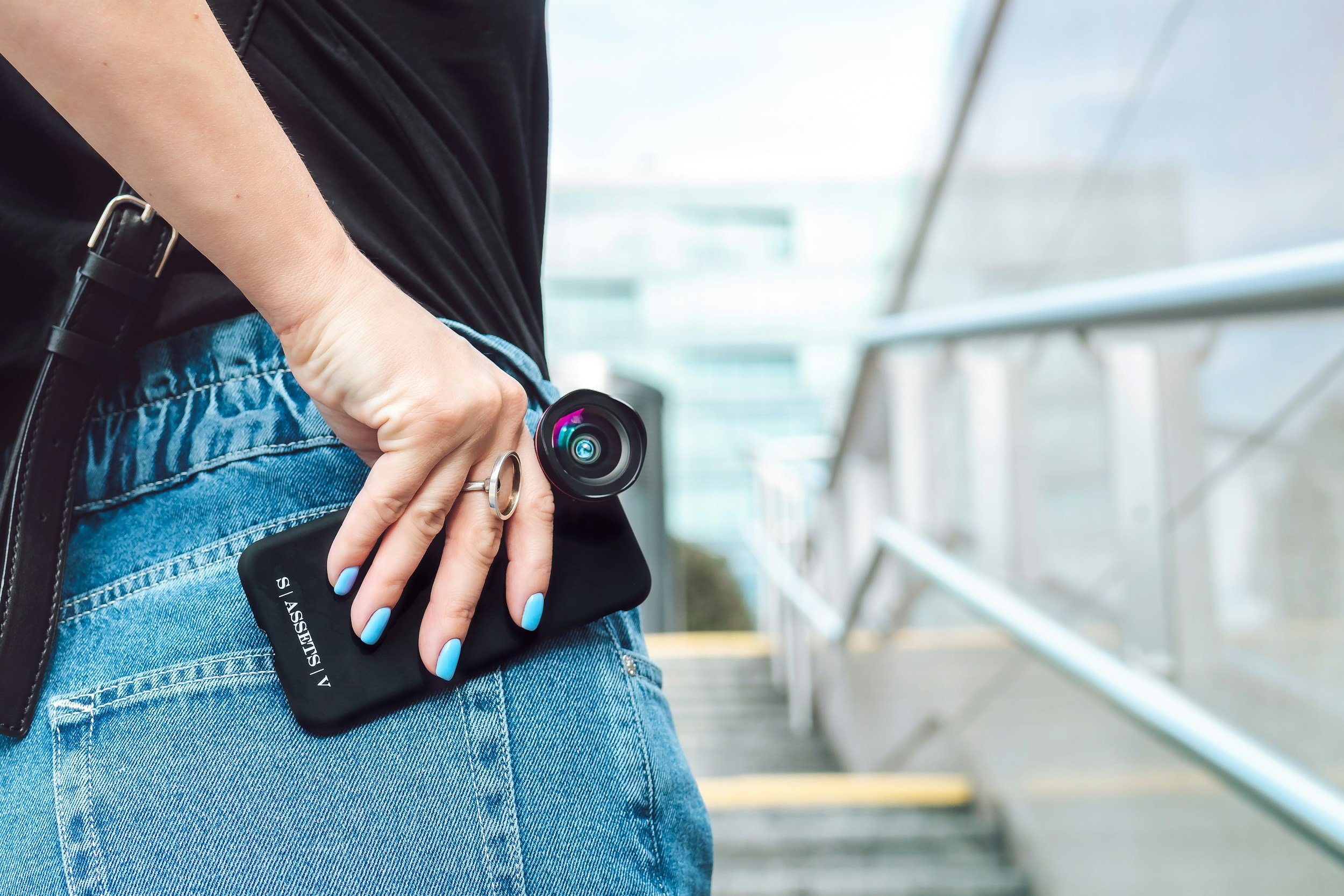Doomscrolling: Breaking the Habit for Better Health
In today's digital age, many of us are trapped in the endless cycle of "doomscrolling." This habit involves continuously scrolling through bad news online, even when it makes us feel worse. This obsession with negative content can seriously harm our mental health. It can lead to increased anxiety, depression, sleep disruption, and mood swings.
To break free from this unhealthy habit, it's crucial to understand why we engage in doomscrolling. Our innate tendency towards "negativity bias" plays a significant role. So does our anxiety-fueled need for control and the influence of social media algorithms. By recognizing these factors, we can take proactive steps to reclaim our well-being. We can cultivate a healthier relationship with the online world.
Key Takeaways About Doomscrolling
Doomscrolling is the compulsive habit of continuously consuming negative news and content online.
This behavior can significantly impact your mental health, leading to increased anxiety, depression, sleep disruption, and mood swings.
Understand the underlying reasons behind doomscrolling, including negativity bias, anxiety, and social media algorithms.
Take steps to break the doomscrolling habit, such as limiting screen time, practicing mindfulness, and seeking out positive content.
Develop healthy social media and digital habits to maintain a balanced and mindful approach to online engagement.
Well Roots Counseling is an online therapy practice that provides online therapy for individual therapy, maternal mental health and couples therapy in Colorado, Massachusetts, North Carolina, and Vermont. We specifically specialize in therapy for women, therapy for dads, anxiety symptoms, infertility, postpartum depression, trauma, and much more.
What is Doomscrolling?
In today's digital world, the term "doomscrolling" is more common than ever. But what does it mean? It's the act of scrolling endlessly through negative, depressing, or distressing content online, even if it makes you feel worse.
Definition and Origin
The term "doomscrolling" merges "doom," meaning a bad fate or catastrophic event, with "scrolling," the act of navigating digital content. While the attraction to negative news isn't new, social media and smartphones have made it easier to indulge in this behavior.
Popularity and Causes
The trend of doomscrolling has grown significantly in recent years, especially during major events like the COVID-19 pandemic, social unrest, and political turmoil. Several factors contribute to its rise, including:
The abundance of negative and sensationalized news stories readily available on social media and news platforms.
The human brain's tendency to be drawn to negative information, a phenomenon known as "negativity bias."
The desire to stay informed and in control during times of uncertainty and upheaval.
Social media algorithms that often prioritize and amplify captivating, yet alarming, content.
Understanding the definition, origin, and underlying causes of doomscrolling is crucial. It's the first step in breaking the habit and fostering a healthier relationship with digital media.
The Negative Impact of Doomscrolling on Mental Health
Doomscrolling, the habit of endlessly consuming negative news, can severely harm your mental health. It intensifies doomscrolling anxiety and doomscrolling depression, making you feel perpetually worried and hopeless.
This habit disrupts your sleep, leading to doomscrolling sleep problems. The brain's constant exposure to negative content triggers mood swings. This leaves you emotionally drained and overwhelmed, known as doomscrolling mood swings.
The mental health effects of doomscrolling create a cycle. The negative emotions and disruptions it causes make it harder to stop. Recognizing the harm it does to your doomscrolling mental health impact is crucial. It's the first step towards improving your well-being and finding a healthier digital content balance.
Why We Doomscroll
Ever found yourself scrolling endlessly through news and social media, consumed by a never-ending stream of negative content? This behavior, known as doomscrolling, can significantly affect our mental well-being. But what drives us to engage in this habit?
Negativity Bias
Our innate negativity bias is a major reason for doomscrolling. Our brains are wired to focus more on negative information, seeing it as crucial for survival. Unfortunately, this bias leads us to obsess over the worst news, even if it's irrelevant to our lives.
Anxiety and Need for Control
Doomscrolling is also fueled by anxiety and the need for control. By constantly checking for updates, we feel we can influence the situation, even when we can't. This false sense of control offers temporary relief from uncertainty and fear.
Social Media Algorithms
The design of social media algorithms also plays a significant role in doomscrolling. These algorithms aim to keep users engaged by prioritizing content that evokes strong emotions, like fear and outrage. The more we engage with negative content, the more we'll see, perpetuating the doomscrolling cycle.
Strategies to Break the Doomscrolling Habit
Breaking the doomscrolling habit demands a comprehensive strategy. By adopting a few essential tactics, you can reclaim control over your screen time. This shift enables you to focus on more uplifting content.
Limit Screen Time
Setting clear limits on screen time is a highly effective method to stop doomscrolling. Use the built-in tools on your smartphone, like Screen Time on iOS or Digital Wellbeing on Android, to monitor and limit app usage. This approach fosters mindfulness, helping you cut down on aimless scrolling.
Practice Mindfulness
Adopting a mindful mindset is a potent strategy to break the doomscrolling habit. Recognize when you're about to doomscroll and pause. Take a deep breath, and become conscious of your thoughts and emotions. This self-reflection can interrupt the cycle, guiding you towards more positive and constructive pursuits.
Seek Positive Content
Seek out positive content to replace doomscrolling instead of constantly consuming negative news. Follow accounts and sources that uplift and inspire, offering a counterbalance to the relentless negativity. Exposure to such content can transform your mindset, enhancing your overall well-being.
By combining these strategies, you can regain control over your screen time. This approach fosters healthier doomscrolling solutions, supporting your mental and emotional health.
The Role of Doomscrolling in Election Seasons
Election seasons bring a flurry of political news, making it easy to fall into the trap of doomscrolling. This habit, characterized by an insatiable need to consume negative news, can severely impact our mental health. As we seek to stay updated on electoral processes, doomscrolling becomes more prevalent.
The sheer volume of negative news during these periods can heighten anxiety and confusion. It's especially challenging for those already struggling with anxiety or depression. Acknowledging the harm of doomscrolling and actively managing our online habits is crucial. This approach helps us stay informed without feeling overwhelmed.
Strategies for Managing Doomscrolling During Election Seasons
Set strict limits on your daily screen time and news consumption.
Seek out reliable and balanced news sources, rather than getting drawn into sensationalized or partisan narratives.
Practice mindfulness techniques, such as deep breathing or meditation, to help calm your mind and reduce anxiety.
Engage in offline activities and hobbies to help you disconnect from the constant flow of election-related information.
By being mindful of our doomscrolling habits and taking steps to manage them, we can navigate election seasons without compromising our mental health. It's vital to stay connected to the news while also prioritizing our well-being during these stressful times.
| Doomscrolling Behavior | Potential Impact | Recommended Strategies |
|---|---|---|
| Compulsively checking for the latest election updates | Increased anxiety, stress, and feelings of lack of control | Set time limits for news consumption and seek out balanced, reliable sources |
| Engaging with and sharing alarmist or divisive political content | Exacerbation of polarization and negative emotions | Curate your social media feeds to minimize exposure to extreme or biased content |
| Neglecting other important aspects of life due to excessive doomscrolling | Disruption of work, social, and self-care routines | Prioritize offline activities and hobbies to maintain a healthy balance |
Tips for Healthy Social Media Use
Developing healthy social media habits is crucial to break the doomscrolling cycle. Start by setting app limits to control the time spent on platforms that may lead to doomscrolling. Unfollow or mute sources that share negative or anxiety-inducing content. Replace online time with real-world activities that bring joy and fulfillment. By managing your social media use, you can achieve a more balanced and positive digital experience.
Set App Limits
Smartphones and social media platforms often have tools to limit daily usage. Use these features to set time caps on apps that fuel doomscrolling. This helps maintain a healthier relationship with digital devices and prevents excessive scrolling.
Unfollow Stressful Sources
Review the accounts and content you follow on social media. If certain sources share upsetting or negative information, consider unfollowing or muting them. By focusing on positive, uplifting content, you can improve your social media use and mental well-being.
Engage in Real-world Activities
Instead of getting lost in doomscrolling, engage in real-world activities that bring joy and fulfillment. This could include hobbies, exercise, spending time with loved ones, or creative pursuits. Replacing online time with offline experiences helps restore balance in your life.
| Healthy Social Media Habits | Benefits |
|---|---|
| Set app limits | Reduces time spent on platforms that trigger doomscrolling |
| Unfollow stressful sources | Curates a more positive and uplifting social media feed |
| Engage in real-world activities | Restores balance and promotes mental well-being |
Seeking Support for Excessive Doomscrolling
If your habit of doomscrolling interferes with your daily life, mental health, and overall well-being, it's time to seek help. Reaching out to friends, family, your doctor, or a mental health counselor can offer valuable guidance. They can help you develop strategies to overcome this harmful practice.
You don't have to face doomscrolling alone. There are resources available to help you regain control and enhance your mental health. Professional help for doomscrolling can take many forms, like one-on-one therapy, support groups, or online programs. These options address the underlying issues that drive this compulsive behavior.
By seeking support for doomscrolling, you can learn healthy coping mechanisms. You'll gain insight into your triggers and develop a more balanced relationship with digital devices and news. Don't hesitate to take the first step towards breaking the doomscrolling habit. Prioritize your mental health services and take control of your well-being.
Building Healthy Screen Habits
Sara Alexander
Student Intern
Creating healthy screen habits is key to breaking the doomscrolling cycle. It's important to set clear limits and rules for your daily screen time. This could mean having "no-phone" periods or limiting social media to specific times. Also, filtering your social media feed to exclude negative or anxiety-inducing content can balance your online experience.
Practicing mindfulness while using digital devices helps you stay in control. It prevents mindless doomscrolling. By being intentional with your screen habits, you can regain balance and improve your well-being.
Set Limits and Rules
Designate "no-phone" periods throughout the day, such as during meals or before bedtime.
Set a daily or weekly limit for social media and other screen time activities.
Create a charging station in a designated area, away from your primary living spaces.
Filter Your Feed
Curating your social media feed can greatly impact your mental health. Take the time to unfollow or mute accounts that share negative or emotionally draining content. Instead, seek out and engage with positive, uplifting sources that resonate with your values and interests.
Be Mindful, Not Mindless
Be mindful of your thoughts, feelings, and behaviors when using digital devices. Notice when you're mindlessly scrolling or engaging in doomscrolling habits. Pause, take a deep breath, and consciously choose to disengage or redirect your attention to more constructive activities.
Conclusion
In our quest to overcome doomscrolling, the article's insights are clear. Doomscrolling is a widespread, harmful habit that can severely affect your mental health. It can lead to increased anxiety, depression, disrupted sleep, and mood swings. Understanding the reasons behind this behavior, like your negativity bias, anxiety, and social media's influence, is crucial. This knowledge helps you start to break this unhealthy cycle.
The strategies discussed can help you develop healthier digital habits and enhance your well-being. Limiting screen time, practicing mindfulness, and seeking positive content are key. Remember, you're not alone in this fight. Support from loved ones or mental health professionals can greatly aid your journey to recap doomscrolling and foster a more balanced tech relationship.
As you progress, recognize that the summary of doomscrolling is more than just stopping a bad habit. It's about reclaiming your mental health and finding a healthier way to stay connected online. By embracing mindful, intentional tech use, you're on the path to a more fulfilling and balanced life.
Frequently Asked Questions About Doomscrolling
What is doomscrolling?
Doomscrolling is the habit of continuously scrolling through bad news and negative content online, even when it makes you feel worse. It involves being drawn to and consuming an excessive amount of negative information, often on social media platforms.
How does doomscrolling impact mental health?
Doomscrolling can significantly harm mental health, leading to increased anxiety, depression, sleep disruption, and mood swings. Constantly exposing oneself to bad news and negative content can worsen these mental health issues.
What are the underlying reasons for doomscrolling?
Several factors contribute to doomscrolling behavior. These include our inherent negativity bias, anxiety, and the desire for a sense of control. Social media algorithms also play a role, prioritizing content that elicits strong emotional responses.
How can I break the doomscrolling habit?
Breaking the doomscrolling habit involves setting limits on screen time, practicing mindfulness, and seeking out positive content. This can help replace the negative information typically consumed.
How does doomscrolling impact election seasons?
Doomscrolling can become prevalent during election seasons. People seek information and updates about political events and controversies. This can lead to increased anxiety, confusion, and a sense of lack of control, exacerbating the negative effects of doomscrolling.
What are some tips for healthy social media use?
For healthy social media habits, set app limits, unfollow or mute sources that share negative or anxiety-inducing content. Replace online time with real-world activities that bring joy and fulfillment.
When should I seek professional support for doomscrolling?
If doomscrolling significantly interferes with your daily life, mental health, and overall well-being, seek professional support. Reach out to friends, family, your doctor, or a mental health counselor for guidance and strategies to overcome this harmful habit.
How can I build healthy screen habits to break the doomscrolling cycle?
Building healthy screen habits is key to breaking the doomscrolling cycle. Set clear limits and rules for daily screen time, filter your social media feed to remove or mute negative content, and practice mindfulness to stay in control of your digital habits.
Source Links
Doomscrolling: Why we get addicted and how to break the habit MultiCare Vitals - - https://www.multicare.org/vitals/dangers-of-doomscrolling-how-to-avoid-addictive-habit/
Doomscrolling: How to Actually Break the Habit — Stay Here - https://www.stayhere.live/blog/2024/2/16/doom-scrolling
Doomscrolling: Breaking the Habit - https://www.uhhospitals.org/blog/articles/2024/07/doomscrolling-breaking-the-habit






